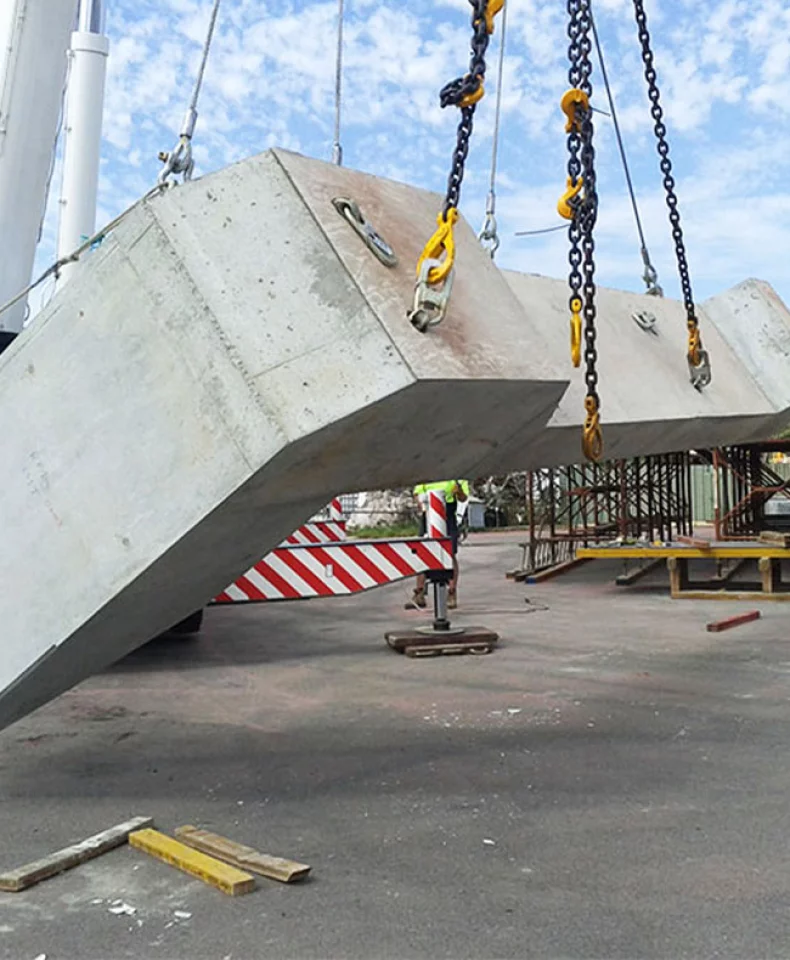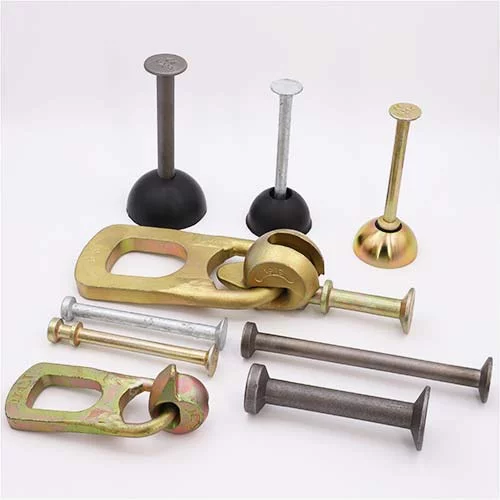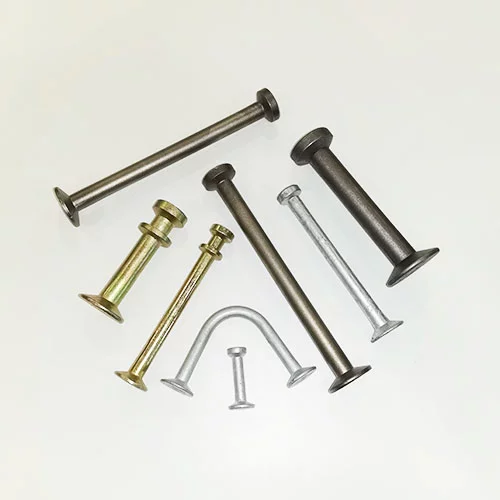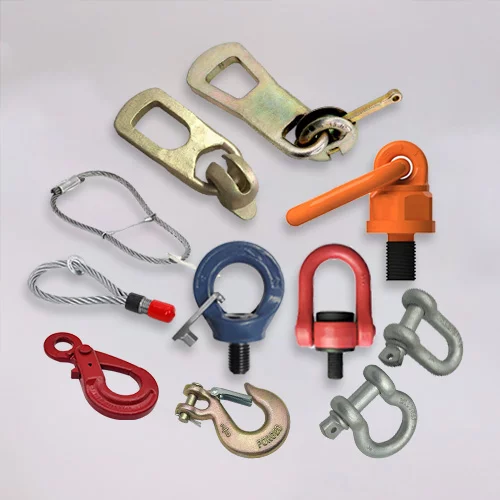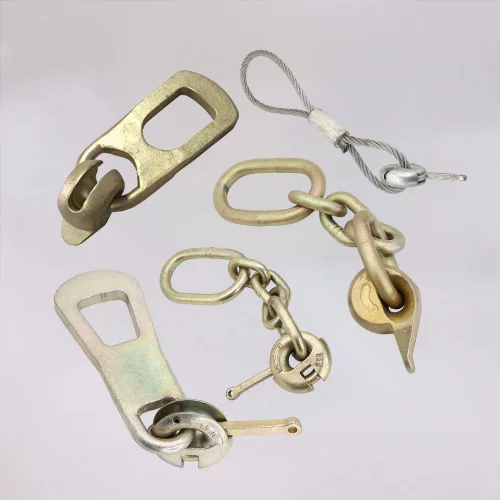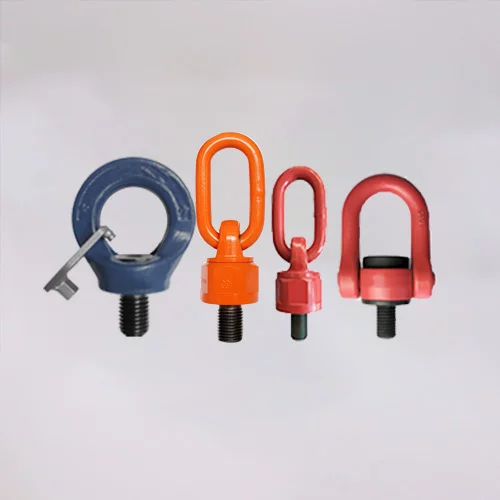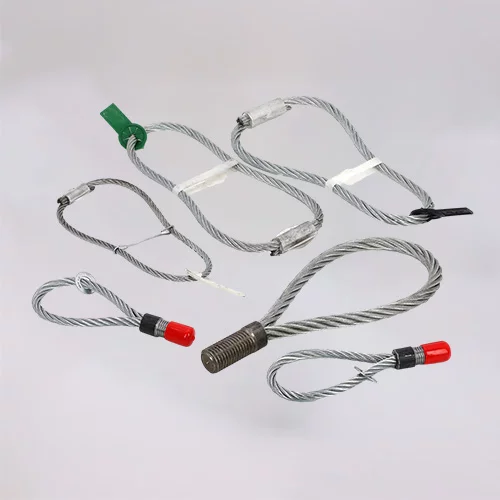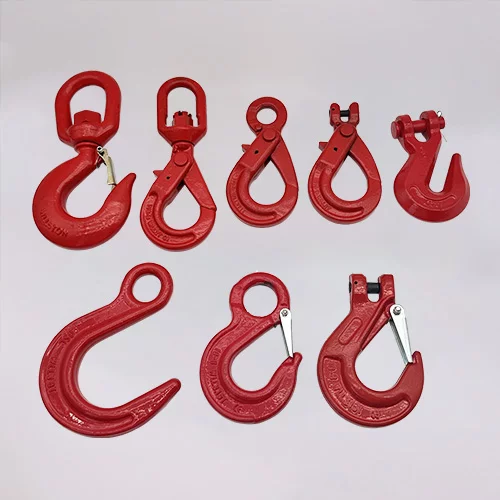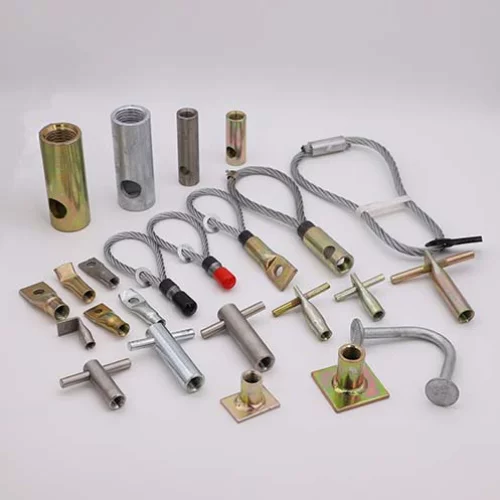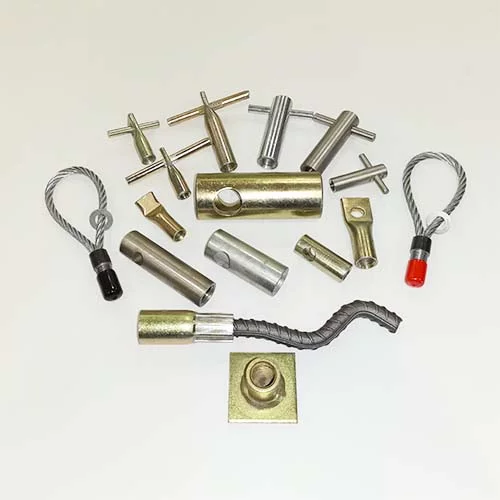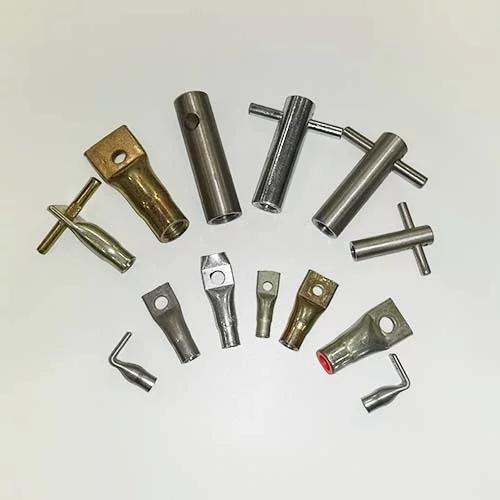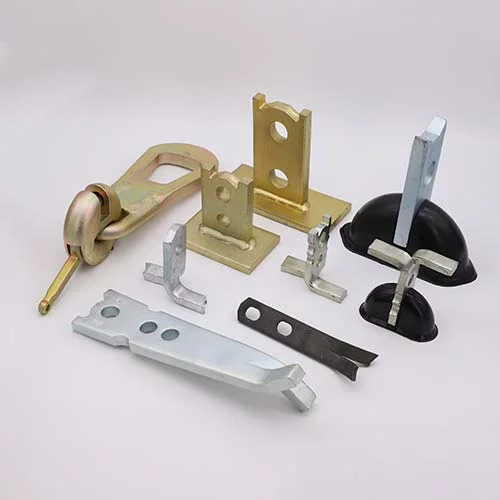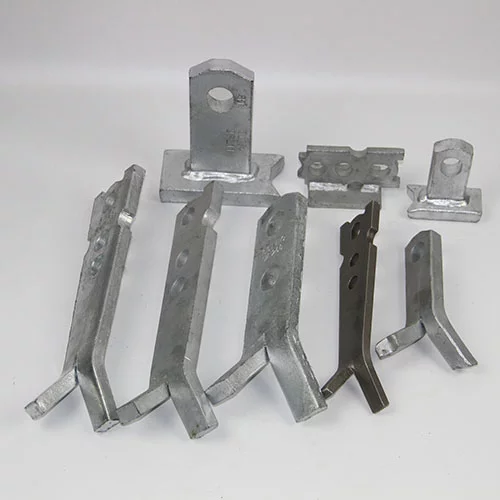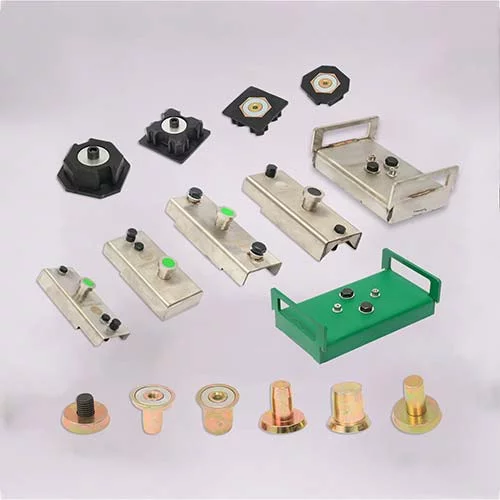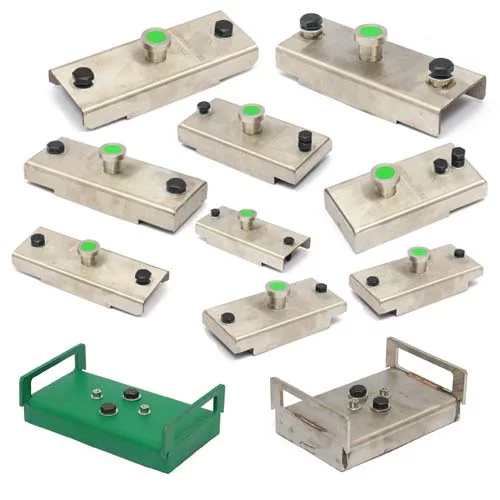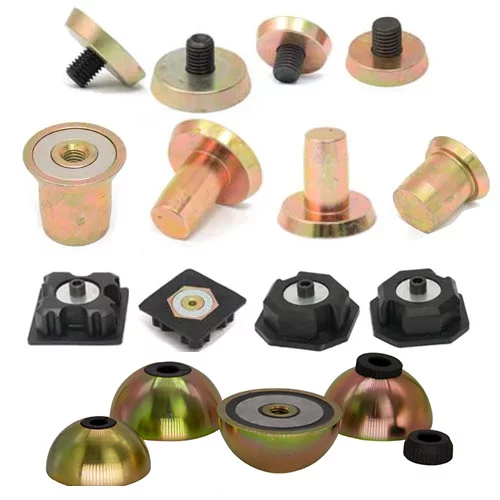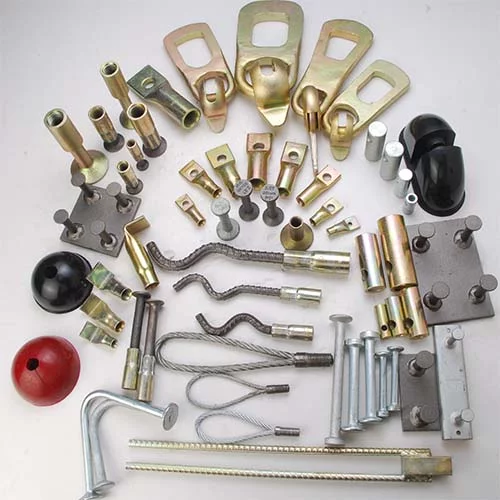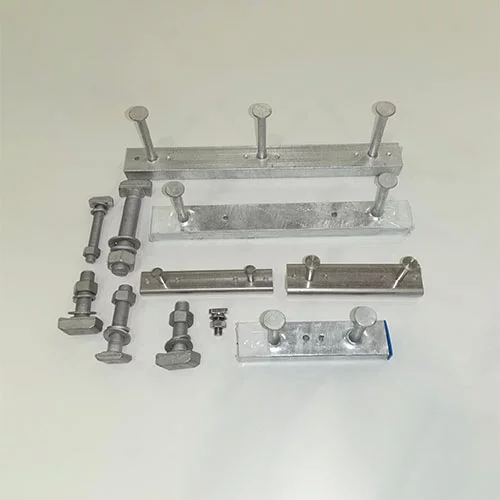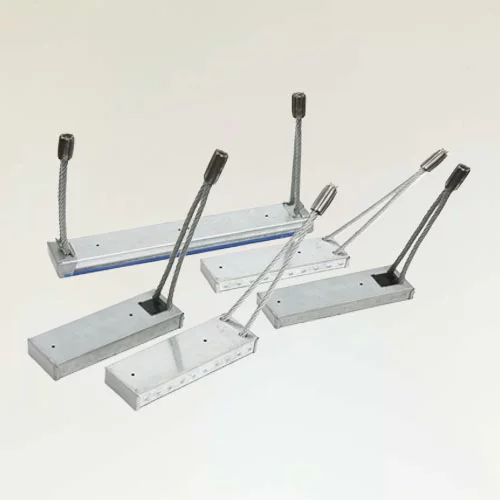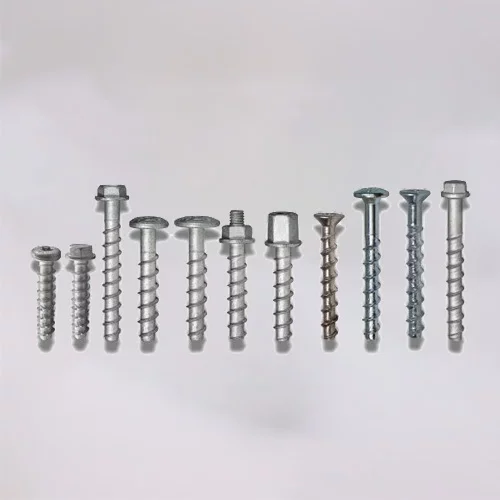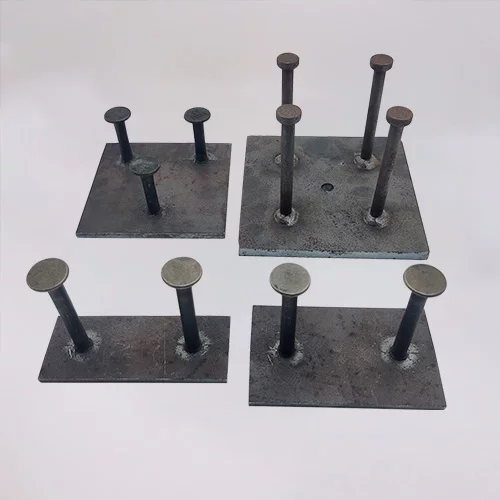An In-Depth Exploration of Lifting Sockets in Precast Concrete Construction
Article Guidance:
1. The Fundamental Role of Lifting Sockets
3. Specifications and Selection Criteria
4. Installation and Maintenance

In the realm of modern construction, the demand for innovative, efficient, and safe building techniques has never been greater. Precast concrete construction has emerged as a formidable solution to meet these demands, offering exceptional structural performance, rapid installation, and enhanced durability. Within the intricate web of components and accessories that comprise the precast concrete landscape, lifting sockets stand out as vital elements that play an essential role in the construction process. These versatile devices provide a secure and efficient means of hoisting precast concrete elements into position, ensuring that structures are not only built with speed and precision but also with safety at the forefront of every operation.
This comprehensive exploration aims to delve deep into the world of lifting sockets, uncovering the critical aspects that define their functionality, design, and applications within the realm of precast concrete construction. In this extensive examination, we will dissect the various types of lifting sockets available, discuss their specifications, and provide insights into their installation, maintenance, and safety considerations.
1. The Fundamental Role of Lifting Sockets
1.1. Core Functionality
Lifting sockets are a class of precast concrete accessories designed to facilitate the handling, transportation, and installation of precast concrete elements. They serve as embedded or cast-in components, providing a secure and reliable point of attachment for lifting devices such as hooks, clamps, or shackles. The core functionality of lifting sockets is to enable the safe and efficient vertical lifting of precast concrete components, including panels, beams, slabs, and other architectural or structural elements.
1.2. Significance in Precast Concrete Construction
The role of lifting sockets in precast concrete construction cannot be overstated. They are integral to the success of projects across various domains, including residential, commercial, industrial, and infrastructure construction. Lifting sockets are instrumental in optimizing project timelines, reducing labor costs, and improving overall project safety. By streamlining the handling and installation of precast concrete components, these accessories contribute significantly to project efficiency and the delivery of high-quality structures.
2.Types of Lifting Sockets
2.1. Flat End Lifting Socket:
The flat end lifting socket, often referred to as the eye bolt socket, is a widely used lifting accessory in precast concrete construction. Its design features a flat surface with a threaded hole for attachment. This type of lifting socket is ideal for applications where a straight vertical lift is required, and the socket can be installed flush with the concrete surface.
One of the key advantages of the flat end lifting socket is its simplicity and ease of installation. It can be secured in place with a standard threaded rod, ensuring a reliable connection to the lifting equipment. This socket is particularly useful for thin precast elements where space may be limited, and flush installation is essential for a seamless finish.
2.2. Solid Rod Lifting Socket:
The solid rod lifting socket, as its name suggests, incorporates a solid rod that extends from the socket body. This design provides enhanced durability and load-bearing capacity. Solid rod lifting sockets are often used when lifting heavy or oversized precast concrete elements, as they can withstand significant loads without compromising safety.
The solid rod design allows for a secure connection to the lifting equipment and minimizes the risk of bending or shearing during the lifting process. This type of lifting socket is commonly used in applications where load capacity and structural integrity are paramount.
2.3. Crown Foot Lifting Anchor:
The crown foot lifting anchor, also known as the spherical head lifting socket, features a unique design with a spherical or crown-shaped foot. This design enables the anchor to pivot and adjust to the angle of the load during the lifting process. Crown foot lifting anchors are well-suited for applications involving precast elements with irregular shapes or varying center of gravity.
The flexibility of the crown foot lifting anchor ensures that the load remains balanced and stable during lifting, reducing the risk of damage to the precast element or compromising worker safety. This type of lifting socket is indispensable for situations where versatility and adaptability are essential.
2.4. Wavy Lifting Socket:
The wavy lifting socket, characterized by its wavy or corrugated design, is specifically engineered for use with thin-walled precast elements. This type of socket offers superior pull-out resistance in thin concrete sections, making it ideal for applications where a flush installation is not feasible or when the concrete is too thin for traditional flat end sockets.
The wavy design enhances the anchoring of the socket within the concrete, ensuring a strong and secure connection. Wavy lifting sockets are a preferred choice when working with elements that have limited concrete thickness.
2.5. Combi Lifting Socket:
The combi lifting socket is a versatile lifting anchor that combines features of multiple socket types, offering flexibility and adaptability in various construction scenarios. Combi sockets often feature a combination of flat end, solid rod, and crown foot elements, allowing them to be used in a wide range of applications.
The combi lifting socket is an excellent choice for projects with diverse precast elements that may require different lifting methods. Its adaptability simplifies the logistics of ordering and using multiple types of lifting sockets, making it a cost-effective and efficient solution.
2.6. Tubular Lifting Socket:
The tubular lifting socket, as the name suggests, is a cylindrical lifting anchor that offers a robust and reliable connection. Its cylindrical design allows for an easy and secure attachment to the lifting equipment, ensuring stability during the hoisting process.
Tubular lifting sockets are frequently used in applications where the precast elements have a large surface area and require a strong connection for safe lifting. They are particularly well-suited for elements with complex shapes or when precise positioning is critical.
3. Specifications and Selection Criteria
3.1. Load Capacity
One of the most critical factors in selecting the appropriate lifting socket is the load capacity it can support. Lifting sockets are designed to accommodate a wide range of load capacities, from light loads in residential construction to heavy loads in industrial and infrastructure projects. It is imperative to consider the weight of the precast element and any additional loads it may be subjected to during installation when selecting a lifting socket.
3.2. Embedment Depth
The embedment depth, or the portion of the lifting socket that is cast into the concrete element, is a crucial specification that directly impacts the socket's performance. It is essential to ensure that the lifting socket is embedded to the recommended depth to achieve the desired load capacity and safety.
3.3. Thread Size and Configuration
For threaded lifting sockets, the size and thread configuration are critical considerations. Different projects may require varying thread sizes and configurations to ensure compatibility with lifting equipment and to meet load requirements. The selection of the appropriate thread size and configuration should be made in accordance with industry standards and engineering guidelines.
3.4. Corrosion Resistance
Lifting sockets are often subjected to harsh environmental conditions, and as such, they must exhibit resistance to corrosion. Corrosion-resistant coatings or materials, such as galvanization or stainless steel, are commonly used to enhance the longevity and durability of lifting sockets.
3.5. Surface Finish
In projects where the appearance of the concrete surface is important, the surface finish of the lifting socket should be considered. Flat lifting sockets and other low-profile designs are often chosen to maintain a smooth and unobtrusive surface, ensuring an aesthetically pleasing result.
4. Installation and Maintenance
4.1. Installation Guidelines
Proper installation of lifting sockets is paramount to their performance and, more importantly, to the safety of the entire construction process. Installation guidelines should be followed meticulously, and it is advisable to engage experienced professionals who are well-versed in precast concrete construction techniques. Key installation steps include:
- Ensuring the correct embedment depth and alignment.
- Applying adequate concrete cover to protect against corrosion.
- Following manufacturer's instructions for securing the lifting socket.
- Conducting load testing and inspections before use.
4.2. Maintenance Practices
Regular maintenance is essential to ensure the continued functionality and safety of lifting sockets. Maintenance practices may include:
- Inspecting lifting sockets for signs of wear, damage, or corrosion.
- Cleaning and lubricating moving parts, such as threaded sockets.
- Conducting load testing and inspections at specified intervals.
- Replacing any damaged or worn lifting sockets promptly.
5. Safety Considerations
Safety is paramount in the construction industry, and lifting operations are no exception. Lifting sockets, when used correctly, contribute to enhanced safety by providing a reliable means of attachment for lifting equipment. To ensure safety, the following considerations should be taken into account:
5.1. Training and Certification
Personnel involved in lifting operations should receive proper training and certification to operate lifting equipment safely. This includes understanding the load capacities of lifting sockets and adhering to safe lifting practices.
5.2. Load Calculation
Before any lifting operation, a thorough load calculation should be performed to determine the precise load on the lifting socket and ensure that it falls within the socket's rated capacity.
5.3. Inspection and Testing
Regular inspections and load testing of lifting sockets are necessary to identify any signs of wear, damage, or corrosion. Sockets that show any such signs should be replaced.
The world of precast concrete construction continues to evolve, driven by innovations in materials, techniques, and lifting accessories. Lifting sockets, in their various types and designs, are indispensable tools that ensure the safe and efficient handling of precast concrete elements. Understanding the unique features and advantages of each type of lifting socket is paramount for selecting the right tool for the job and guaranteeing the success of precast concrete construction projects.
Article Navigation
PRECAST CONCRETE ACCESSORIES
OTHER RELATED ARTICLE
Other Precast Concrete Accessories You Might Want to Know
You can click to learn more about HULK Metal precast concrete accessories such as lifting anchors, precast sockets, spread anchors, shuttering magnets, cast-in channels, wire loop boxes, and other precast concrete accessories you might want to know.
